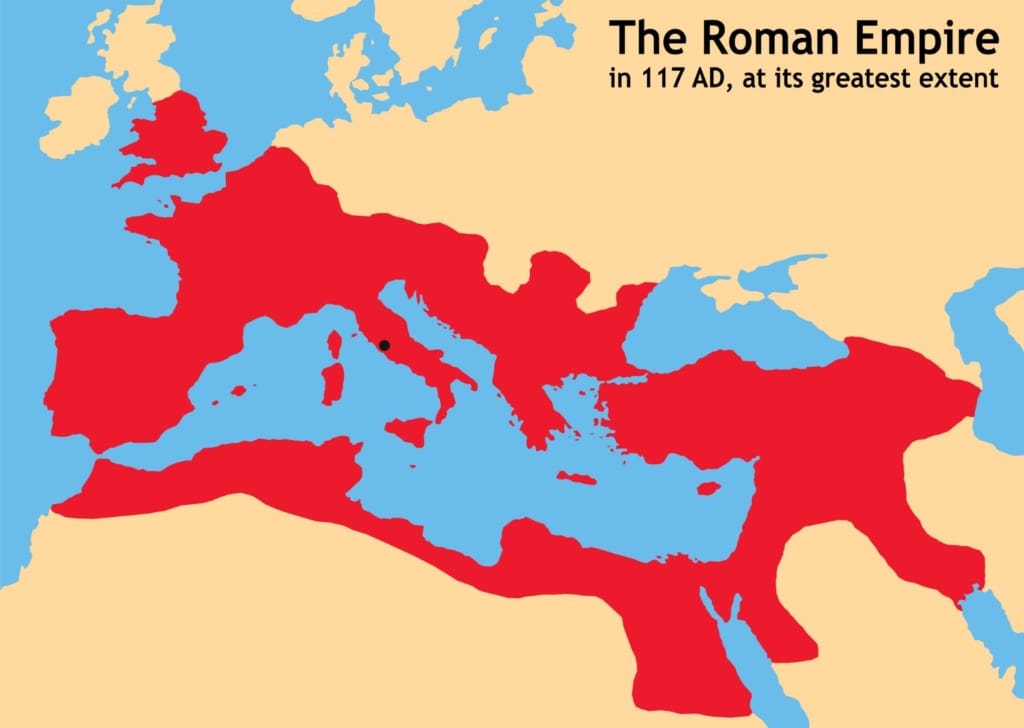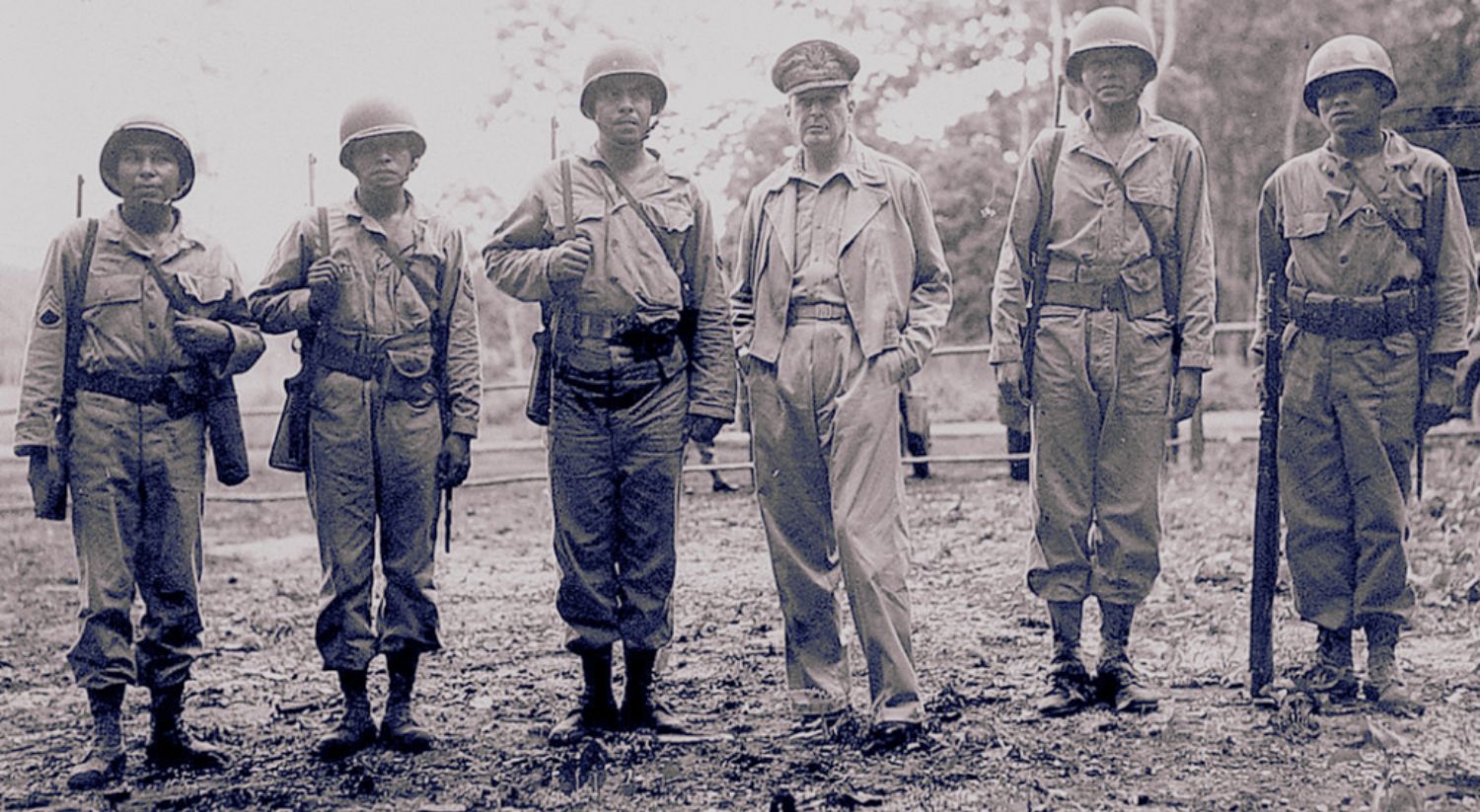
When you hear “Romance languages“, you might think of love and passion. While some of these languages are dubbed the “languages of love,” they’re more connected to Rome—specifically, the Roman Empire and its influence across Europe. This influence later spread globally through European conquests, reaching every corner of the planet.
Romance languages are derived from Latin, the language of the Romans, and today they form the largest linguistic group in the world—surpassing Mandarin Chinese and even English! More than half the world’s population speaks one of these languages.
Today, we’ll explore which languages fall under the Romance category and how they’ve shaped our culture.
¡Investigemus linguas Romae!
Why are they called romance languages?
Let’s go back to school for a moment—don’t worry, it won’t be a boring history lesson, we promise! To understand Romance languages, we need a quick review of Roman history. Understanding how the Roman Empire influenced world history is essential to grasp why you might speak Spanish, Portuguese, French, or Italian today.
As you might recall, the Roman Empire extended across modern-day Europe, North Africa, and parts of Asia. Romans reached areas as far as England and Syria, and from Arabia to Portugal. Along the way, the empire masterfully integrated local cultures with Roman traditions.
For the Romans, allowing conquered peoples to maintain some of their customs, religions, and languages made governance smoother. This approach enabled the Iberians to blend Latin into Spanish and the Gauls to shape what eventually became French. Across the Roman territory, Latin was the official and common language, though the Romans didn’t prohibit their subjects from speaking their native tongues.
Over time, especially after the empire fell, these regions developed a sort of “linguistic salad.” People spoke Latin alongside their local dialects, leading to one of history’s most remarkable cultural fusions: the Romance languages.

The spread of romance languages across the world
We’ll skip the Middle Ages and Europe’s development—that would lead to an endless (and boring) history class! However, it’s crucial to understand how Romance languages spread worldwide.
When Spain reached the Americas and Portugal realized they could sail as far as Southeast Asia, everything changed. European empires began expanding into unexplored territories. Spaniards, Portuguese, and French colonized regions in the Americas, while Belgians, French, and Italians joined Spain and Portugal in Africa. Asia wasn’t exempt from this conquest frenzy either.
However, unlike the Romans, the European empires made a critical difference: they extinguished local languages and imposed Spanish, French, Italian, or Portuguese wherever they went. This explains why Spanish was spoken in the Philippines or French in the Congo.
This historical phenomenon is why territories far from the Roman Empire now use Romance languages. It also explains why Romance languages form the largest linguistic group globally, spoken across all five continents by nearly 1.5 billion people.
The major romance languages
While there are over 45 languages and dialects derived from Romance languages, here are the most widely spoken:
1. Spanish
Spanish is undoubtedly the most widespread Romance language, spoken by over 600 million people today. Its influence stretches across Latin America, from Argentina to parts of the United States, where it is often the dominant language.
Spanish is also spoken in far-flung places like Manila and Equatorial Guinea. Thanks to the rise of Latin music and Spanish literature, it’s one of the most culturally significant languages today. Many believe Spanish could become the fastest-growing and most influential language in the world.
2. French
French, spoken by over 300 million people, was carried worldwide through colonization. Much of Africa, the Middle East, Polynesia, and the Caribbean speak French today. For centuries, it was the universal language of science, art, and culture. Words like café and ballet are global, showcasing French’s deep cultural influence.
3. Italian
Though Italy is the birthplace of Rome, Italian is considered one of the youngest Romance languages. Before Italy unified in the 19th century, it was a patchwork of dialects. Today, Italian is spoken by over 70 million people, though regional dialects remain strong, especially in the south.
4. Portuguese
Portugal’s small size contrasts sharply with the global reach of Portuguese, spoken by nearly 300 million people. This is largely due to Brazil, one of the world’s largest countries. Portuguese also spread to Africa (Mozambique, Angola) and Asia (Macao), making it a truly global language.
5. Romanian
Spoken by nearly 30 million people, Romanian originates from Dacia, a favored Roman region. While geographically removed from Rome, Romanian preserves a strong Latin influence, sustained by the country’s rich history and diaspora.
6. Catalan
Catalan, spoken by nearly 10 million people, thrives in Spain’s Catalonia region, the Balearic Islands, and Valencia. It has also spread worldwide, thanks to emigration, with communities in the Americas. Catalan remains a co-official language in its home regions and a symbol of cultural identity.
7. Galician
More than 3 million people speak Galician, primarily in northwest Spain. Its influence has spread globally through migration, and it remains a co-official language in Galicia.
8. Haitian Creole
Often debated as a Romance language, Haitian Creole blends French, Spanish, English, and African languages. It’s spoken by nearly 15 million people, primarily in Haiti and parts of the Caribbean.

Other romance languages
Romance languages are incredibly diverse and have seamlessly blended with other languages and dialects over time. As we’ve seen with Creole, Romance languages like Spanish and French have evolved by merging with other linguistic traditions. Across Europe, there are numerous combinations considered part of the Romance language family.
Collectively, these languages are spoken by millions of people. However, because many are highly regional, they rarely make it to the list of top Romance languages.
Some of these languages include Piedmontese, Asturian, Aragonese, Ligurian, Venetian, Corsican, and many others. While most of these are found in Europe, there are also Romance language derivatives outside the continent, such as Chabacano in the Philippines or Papiamento and Palenquero in the Americas. Each of these languages shares a rich historical heritage and, in many ways, we can proudly say they are children of Rome!
Romance languages: World’s population
No matter where you are on the planet—regardless of the continent or country—you can likely communicate in one of the Romance languages. Here’s a look at the global population and ranking of Romance languages across the world:
Top romance languages by population
If you do the math, these 15 Romance languages add up to more than 1.3 billion people! That is, one in five people in the world speaks one of these languages:
- Spanish: 596,000,000
- French: 300,000,000
- Portuguese: 273,000,000
- Italian: 85,000,000
- Romanian: 27,600,000
- Haitian Creole: 13,000,000
- Catalan: 10,048,000
- Sicilian: 4,700,000
- Emiliano-Romagnolo: 4,400,000
- Venetian: 3,800,000
- Lombard: 3,600,000
- Galician: 2,936,527
- Neapolitan: 3,000,000
- Piedmontese: 1,600,000
- Sardinian: 1,350,000
Regional and minority romance languages
These languages from Rome number almost 900 million people. And, although they are spoken in very specific regions, they are considered of great importance:
- Mauritian Creole: 1,339,200
- Chabacano: 1,300,000
- Antillean Creole: 1,200,000
- Cape Verdean Creole: 926,078
- Occitan: 800,000
- Friulian: 600,000
- Astur-Leonese: 600,000
- Walloon: 600,000
- Réunion Creole: 560,000
- Ligurian: 500,000
- Papiamento: 329,002
- French Guianese Creole: 259,000
- Aromanian: 250,000
- Judeo-Spanish (Ladino): 150,000
- Franco-Provençal (Arpitan): 147,000
- Corsican: 125,000
- Norman: 105,000
- Seychellois Creole: 73,000
- Forro: 69,899
- Romansh: 60,000
- Ladino: 41,165
- Aragonese: 25,556
Less common or endangered romance languages
The following Romance languages are considered dialects or minority languages. However, they are widely used in certain regions of the world and on different continents:
- Rodrigues Creole: 40,000
- Louisiana Creole: 10,000
- Fala/Jalalego: 6,000
- Angolar Creole: 5,000
- Megleno-Romanian: 5,000
- Palenquero Creole: 3,500
- Karipuna Creole: 2,400
- Chagossian Creole: 1,800
- Lunguyê: 1,500
- Istro-Romanian: 1,000
- Tayo: 900
- Agalega Creole: 800
The sheer variety of Romance languages showcases their adaptability and rich cultural history. Whether you’re exploring well-known languages like Spanish or French or diving into smaller, regional languages, the influence of Rome is undeniable!
Would you like to learn one of these romance languages?
Understanding one of the Romance languages doesn’t just help you communicate wherever you go—it opens the door to a fun and exciting linguistic adventure. You’ll quickly realize that many words in English and German trace their origins back to Romance languages.
Additionally, if you already speak one of these languages, you’ll find it much easier to learn another Romance language. These languages share similar grammatical structures, phonetics, and spelling patterns, making the learning process smoother and more intuitive.
With Talkao translation apps, you can discover definitions, translations, and everyday expressions in these fascinating languages. Not limited to the seven most prominent Romance languages, the Talkao Dictionary app gives you access to over 700 dictionaries on your phone. Plus, with Talkao Translate, you can translate over a hundred languages and dialects effortlessly.
So… There’s no excuse not to dive into the world of Romance languages!










Newsletter